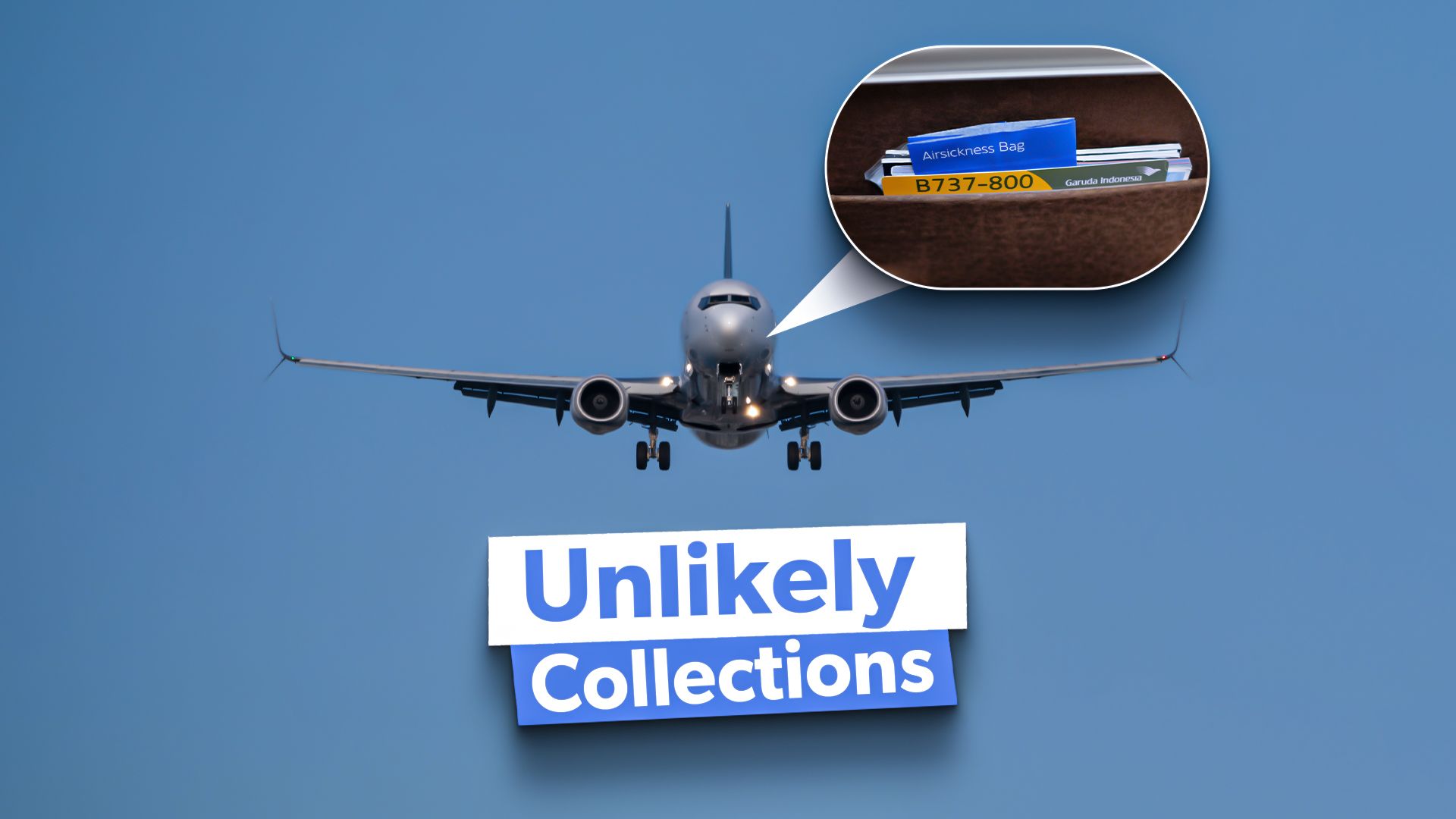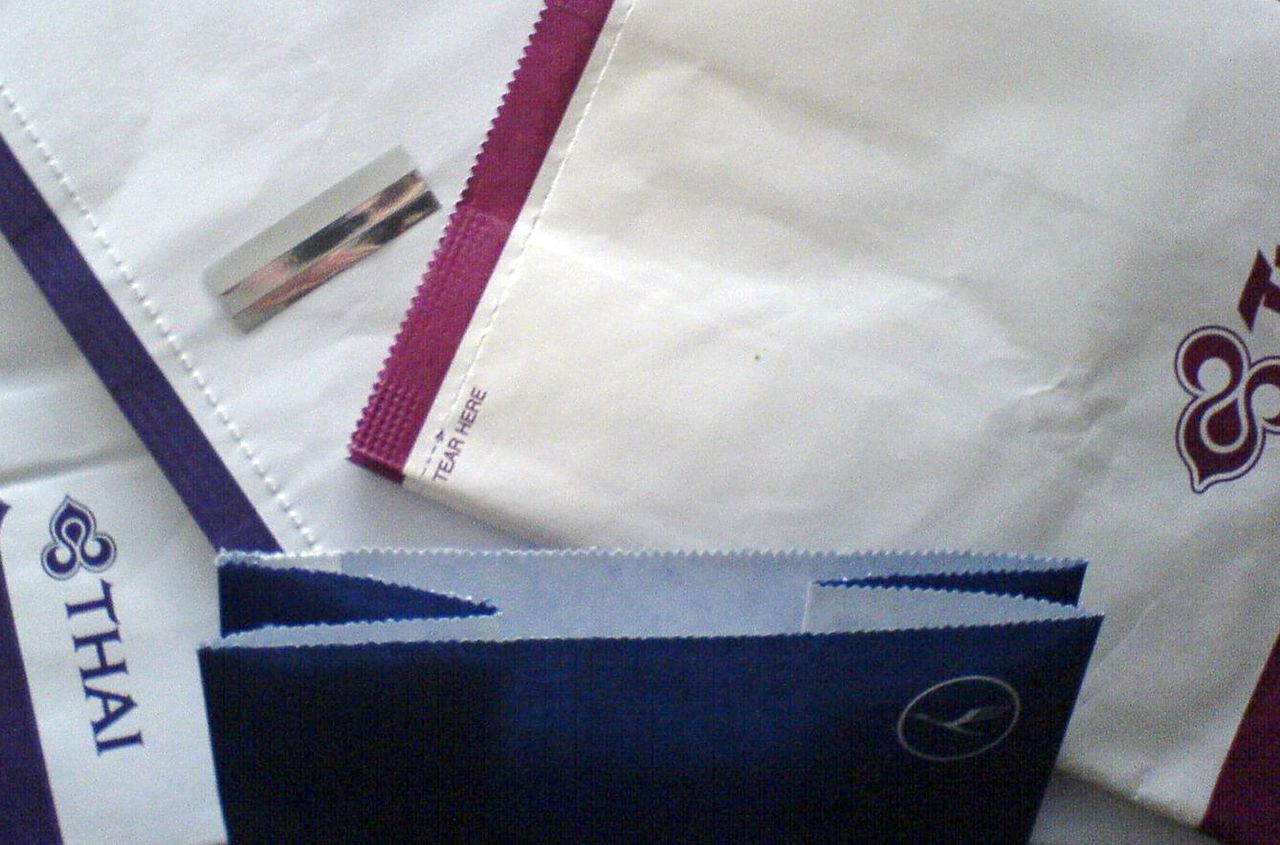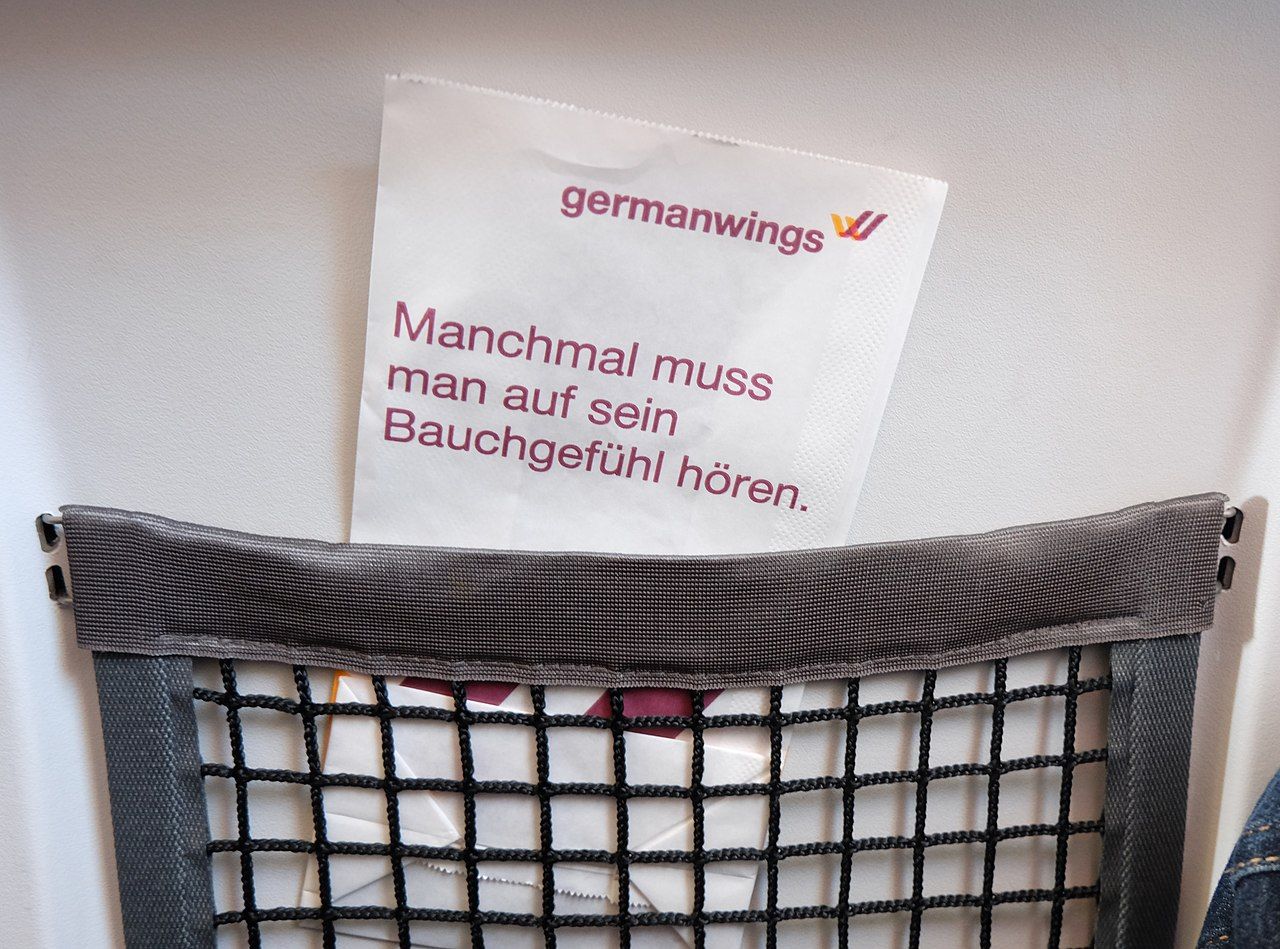Summary
- Collecting air sickness bags is a unique hobby driven by passion and nostalgia for aviation history.
- Some collectors like Niek Vermeulen and Steve Silberberg have amassed thousands of bags from all over the world.
- The future of these collections lies in virtual museums, with some bags holding sentimental rather than monetary value.
Air sickness bags are seemingly mundane items that have been transformed into collectibles for aviation enthusiasts. Some aviation enthusiasts have collected thousands of such bags. Although this might sound amusing, it shows how whimsical the passion of some aviation geeks can be.
Air sickness bags, a testament to the early days of air travel, were necessary and a solution to the motion sickness that bugged passengers due to bumpy rides and poor air quality. Understanding this historical context adds a deeper respect and appreciation to this unusual hobby.
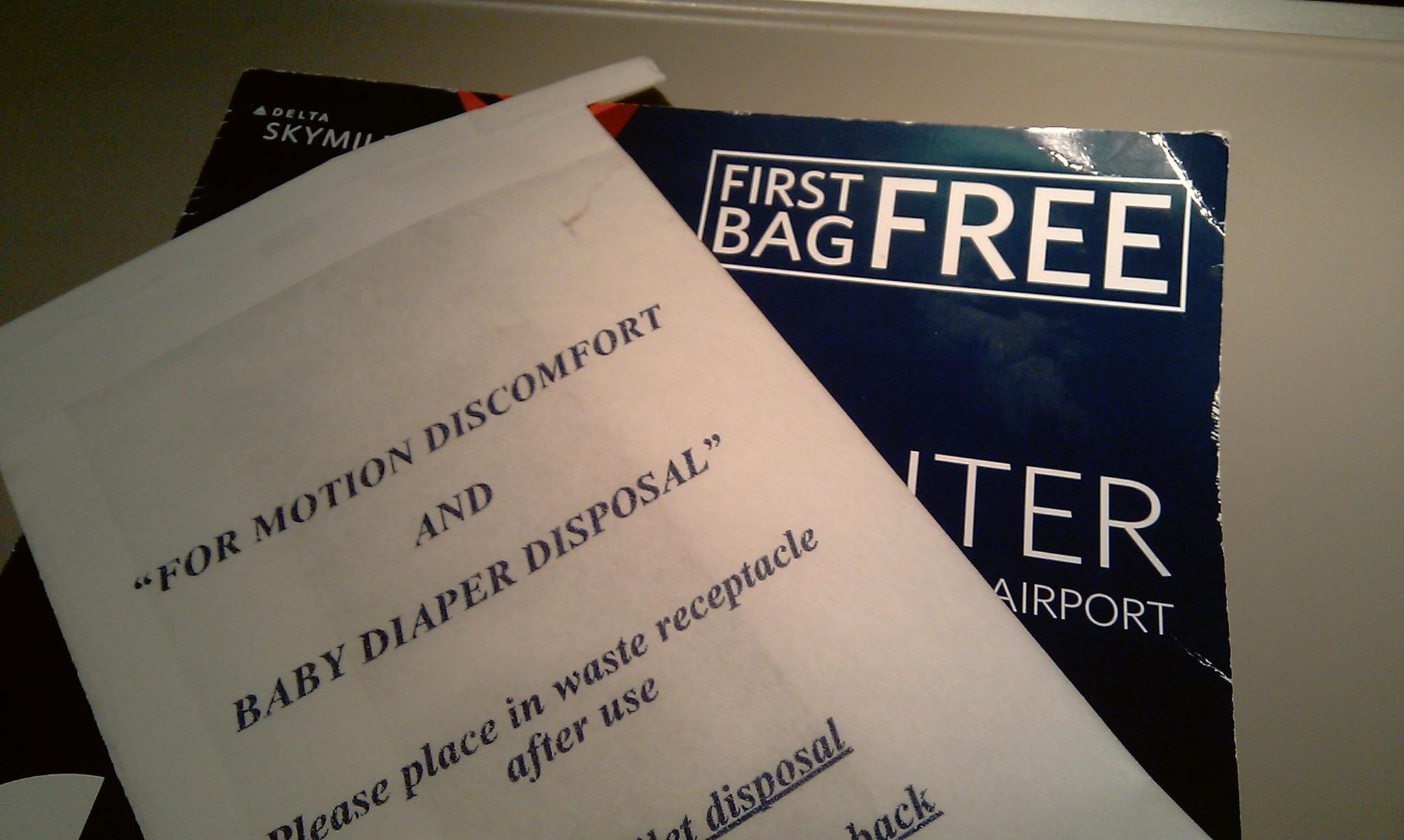
Related
Air Sickness Bags: Why We See Them Less Frequently Nowadays
The interesting history behind a simple plastic bag in case you get airsick…
For some collectors, it is about the thrill of the hunt, the adventure of amassing as many bags as possible. They might trade such bags with other collectors, embark with their collection on exciting journeys to aviation events, or even travel to different countries to expand their unique collections. Let’s delve into more fascinating aspects of this rare hobby.
Niek Vermeulen’s world record collection of more than 6000 airsickness bags
Dutchman Niek Vermeulen holds the Guinness World Record for the largest collection of air sickness bags. As of February 28, 2012, he had amassed 6,290 airline sickness bags from 1,191 airlines across nearly 200 countries. His passion for collecting these unique items dates back to the 1970s.
An avgeek that paid tens of dollars for an airsickness bag
Steve Silberberg, 60, from Massachusetts, USA, has amassed more than 3200 air sickness bags. His rather impressive collection includes:
- 3,231 bags from around 150 countries
- Only 100 bags of these stem from the flights he has taken.
- His collection also includes an air sickness bag from NASA’s Space Shuttle.
Photo: ThamKC | Shutterstock
Silberberg has been gathering unused air sickness bags since 1982. Silberberg’s collection includes bags from nearly every airline in the world. He even has airsickness bags from when Sri Lanka wasn’t even named “Sri Lanka” – it was called Ceylon back in 1966 when Silberberg collected the air sickness bag from a carrier of the nation. Sillerberg has mentioned paying as much as $35 for bags.
But how do avgeeks store so many airsickness bags?
Esin Aamutuuli, a Helsinki-based video artist and vlogger, has been collecting air sickness bags for around 20 years. Her collection includes 48 bags from 30 different airlines. Some of her air sickness bags come from airlines such as Germanwings, Air Berlin, and Malev Hungarian Airlines – all of which no longer take to the skies. For Esin, these air sickness bags are more than just items in a collection. They are mementos of her past adventures, each carrying stories from her travels.
Photo: Viktoriyani | Shutterstock
But what are the storage options used by airsickness bag collectors like Esin? Here are a couple of ways the collectors we’ve touched upon opted for:
But what about the future of these thousands of airsickness bags?
The Air Sickness Bag Virtual Museum started in 1997, and this is how the legacy of some airsickness bag collectors might live on. The barf bag community is collectively called “baggists”, and it has been reported that there are 250 such people globally. Baggists can talk on his website, which takes the users to the “Air Sickness Bag Museum” where people can trade bags. He also hopes to build a physical museum (consisting of air sickness bags) once he is retired.
Eli Cox, a retired University of Texas professor and an avid collector of airsickness bags, has a collection of airsickness bags that include:
- Three hundred seventy-four airsickness bags from 136 airlines across seventy countries.
- Garuda Indonesia’s barf bag which, as the collector says, is “hardly large enough to contain any vomit volume I’ve ever seen.”
Eli hopes to do away with the collection altogether.
Are the thousands of collected airsickness bags worth much?
Apart from the joie de vivre that an esoteric hobby like collecting airsickness bags gives, one has to wonder if there’s any material worth that could be derived from the thousands of airsickness bags. Sillerberg was quoted to have said:
‘For insurance purposes, I think it would cost 10,000 dollars [£7,485] to replace but in terms of what someone would pay for it, I’m not sure if it has any value at all. They’re just sick bags after all.”
Texas Monthly has quoted about some exorbitant prices that people have paid for airsickness bags:
“ In 2016, at perhaps the bags’ peak value, a Dutch collector paid $500 for a now-95-year-old bag from the French airline Farman Airways. Today, on eBay, bags range from about five bucks all the way up to $18.88 for a vintage American Airlines varietal—“unused” of course.”
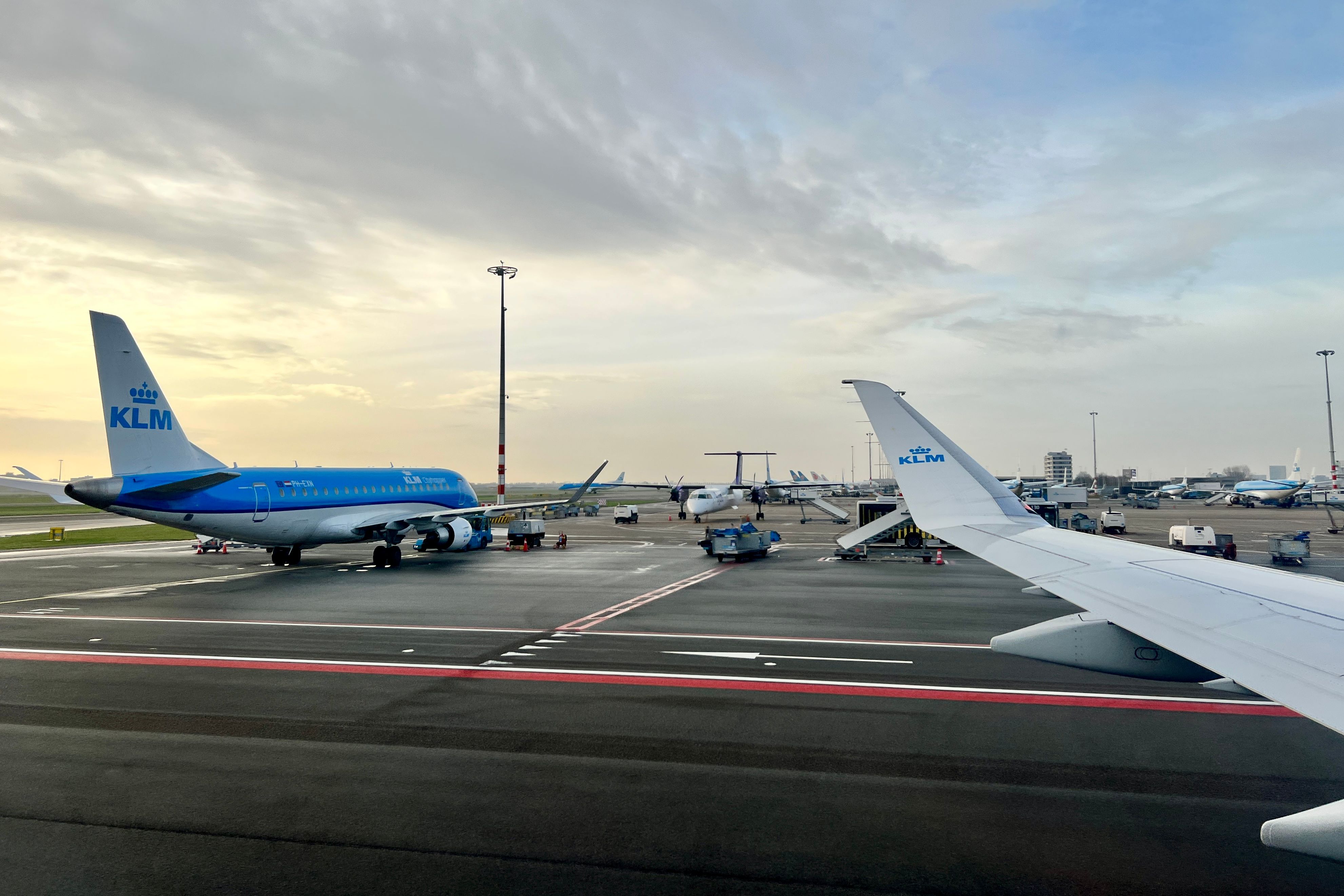
Related
How Can Passengers Avoid Motion Sickness While Flying?
Choosing a seat, if possible, helps, as does watching what you eat, drink, and read on the flight.
Final Thoughts
While unusual, collecting air sickness bags is a hobby that reflects individuals’ diverse interests and passions. For many collectors, these bags serve as more than just tangible reminders of their travels. Each bag carries a story—a turbulent flight, an exotic destination, or a memorable journey. Collecting air sickness bags allows collectors to relive those moments and feel the same excitement and nostalgia.
Is there a peculiar piece of an airsickness bag you have? Let us know in the comments below.

